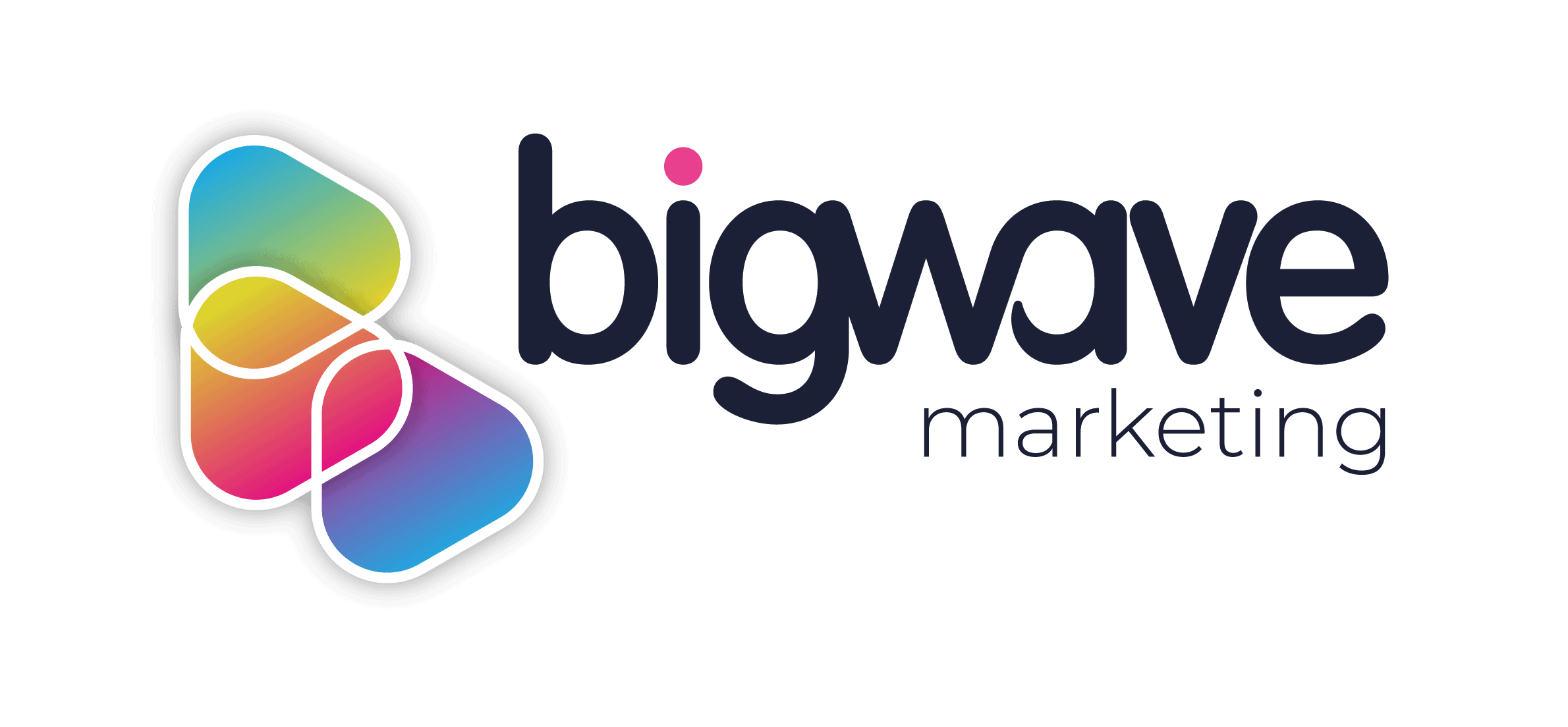Marketing automation is fast becoming an integral part of many marketing efforts. It can give your digital marketing strategy a huge boost and save your marketing teams time, but it can also be very complex.
In this guide, we’ll explore exactly what marketing automation is and how it can potentially help a business.
What is marketing automation?
Marketing automation involves using software to easily and effectively deliver personalized messages to potential and existing customers. You can set up marketing automation software to send out messages at certain times, to certain people, and with different pre-defined messages.
This software can be used across a variety of marketing platforms and channels, from social media to landing pages and email campaigns.
For example, you can hone your email marketing efforts by defining and exploring factors such as customer spending habits, buying process, past interactions with your site, and previous purchases of your products or services. You can then send tailored and personalised email messages to each segment using marketing automation.
This is a massively powerful tool, as tailored and personalised content that directly addresses a person’s needs and interests helps build stronger relationships and improves the customer experience which, in turn, can help increase conversions and revenue. What’s more, you’ll save time doing it.
At a glance: Key concepts
There’s a lot of different marketing and business development aspects in marketing automation, but the whole process can be boiled down to a few simple and easy-to-grasp concepts.
1. Conversion funnels
This maps out the buying process from start to finish. Since it’s so easy to find product reviews and shop around these days, most people don’t buy from the first website they come across. Marketing automation helps to keep people engaged with your brand so they’re more likely to convert.
The conversion funnel can be broken down into a few basic stages:
Awareness: Your product, service, or brand has made its way onto the customer’s radar. It’s too early to buy or make any decisions, but they know you exist.
Interest: The customer decides that they need the kind of product or service you’re selling. They might ask for a quote, sign up for a free trial, follow you on social media, look for reviews, or engage with your company in some other way.
Consideration: The customer might also be looking at your competitors and weighing up their options.
Action: You’ve won the customer over and they’re ready to buy.
In an ideal world, every customer will keep converting and keep buying from you. Usually though, each level of the funnel results in some people dropping off. In fact, only 1–5 % of people who enter a conversion funnel actually convert. Marketing automation can help reduce this drop-off rate, or churn, as it lets you understand the needs and interests of people at each stage of the conversion funnel and tailor your engagement efforts to match.
2. Feedback and metrics
When you send a message to a person, they will always have some kind of reaction to it, even if that reaction is to do nothing at all. If you’ve sent an email to someone, they might convert, click through to your landing page, ignore the message, flag it as spam, or unsubscribe from your mailing list. All of these tell you something about how the recipient felt about your message.
These reactions help you gather feedback on how well your marketing efforts are performing.
Your metrics will ideally show high open rates, clickthrough rates, and maybe even some forwards. This shows your content is engaging, valuable, and isn’t seen as spam. Some unsubscribes are inevitable, but an unusually high unsubscribe rate could be a sign your strategy is too aggressive and needs rethinking.
3. Workflows
A workflow is the series of triggers you create to deliver messages. In short, it’s creating a sequence based on, “If this happens, what should happen next?”
These triggers could be anything from how long it’s been since a person has taken an action or you’ve reached out to a potential customer to how long it’s been since they’ve repurchased a product.
Good examples of this include retailers include sending discount codes to customers who haven’t made any purchases in a while, asking for product reviews, or sending cart reminders to those who haven’t checked out or made a purchase.
What are the benefits of marketing automation?
Arguably the biggest benefit of marketing automation is that it helps sales and marketing teams work more efficiently. Personalised emails generate up to 6x more revenue, but personalised content as a whole can be incredibly time consuming and repetitive work. Marketing automation platforms can handle this for you, as you can automatically programme personalisation settings and segment based on very specific behaviours.
Marketing automation programs also often have a lead scoring feature which helps you quickly identify which leads are the most sales-ready. This can increase your conversion rates and revenue with little effort on your part.
Another way in which this software can increase conversion rates and revenue is by keeping customers engaged longer, making it more likely they’ll convert.
How to create a marketing automation strategy
1. Define your goals
What exactly is it that you are using marketing automation to help you achieve? Are you trying to generate more leads? Building your network of return customers? Wanting more feedback to help tweak product lines? Trying to boost sales after a slow period? Each goal is going to need a different strategy, so it’s important to understand exactly what your main objectives are.
2. Identify who to target
Whilst you need to understand the needs of your customers at all points of the conversion process, you might need to spend more time focusing on those who are at a specific point of the process. For example, if you have loads of new leads coming in all the time but your conversion rate is terrible, then your time and energy would be better spent focusing on and improving the middle and lower parts of the conversion funnel.
3. Map user flows
User flow simply means the journey someone takes when they visit your site – what pages they click through to, whether they buy anything, how long they’re there for, etc.
People arrive at your website from lots of different places. They might have clicked on a link from your email, they might have come from a landing page, or they might have found you organically. This means that not all of your visitors will have had the same experience or the same information, and so some people might need more information before they’re willing to buy.
Whilst you don’t want to make people jump through hoops to do something, you don’t want to hit people with a hard sell too soon either. Mapping the user flow can give you a better understanding of what parts of your website work well for the greatest number of users and what parts of your website are turning people off.
4. Segment and rate your leads
Not all leads are made equal. Your database of contacts is probably quite large, and it’s probably going to include a mix of people who are on the verge of buying, people who are still researching their options, and people who probably won’t ever convert.
Even the best copywriter couldn’t create broad messages that will somehow appeal to all of those types of people.
Rating your leads will help you work out who needs further nurturing, who is ready to be handed over to a sales team, and who needs removing from your database.
For example, a person who has looked at your pricing page is probably going to be closer to buying than someone who has scrolled through your blog post. A person who’s been to your website several times over the last few weeks is more interested than someone who has only visited once or twice in the past year. Marketing automation software lets you assign values to certain actions and interactions and then spits out a score for that lead.
Marketing automation also lets you effectively segment your database so you can deliver specific messages to very specific types of people.
Do’s and don’ts for effective marketing automation strategies
DO: Get to the point. People don’t tend to like long messages. What’s in it for them if they buy from you? How would your product or service solve their problem? What’s unique about what you’re offering?
DO: Keep it specific. Some types of content will be more appealing than others depending on where a person is in the conversion funnel. If you deliver a pricing message to someone who’s already a customer, then that’s not helpful to them. If you deliver a pricing message to someone who’s visited your site a few times in the last week, that might be valuable to them.
DO: Personalise. “Automation” is usually associated with things like robots, but always remember that people respond to a human touch. Personalisation shows that you’ve taken some time and effort to reach out t a customer specifically. Even something as simple as a personalised name in an email message can make the lead/customer have a better experience and be more likely to buy from you.
DO: Hone your list
A huge contact list isn’t always a good thing. One of the main points of using marketing automation is to get your message to precisely the right people at the right time. Your metrics will be able to tell you which leads are likely to convert, allowing you to get rid of the ones who aren’t responding anymore. Whittling your list down to a smaller list of highly qualified leads can save you time whilst still improving your conversion rates and revenue.
DON’T: Spam
When used correctly, marketing automation is not spam, so don’t give off the wrong impression. Don’t overdo the number of messages you send out, and don’t send the same messages over and over again to the same people. Vary what you say based on the customer’s behaviour. The goal of marketing automation is to deliver relevant and useful messages to people who are interested, not to scatter gun messages until someone replies.
DON’T: Set it and forget it
It’s easy to think you can just set it up, sit back, relax, and let it run on its own. Marketing automation needs constant refinement to make sure it’s as successful as possible and helping you achieve your goals. This could include running A/B testing to see which sorts of content, personalisation, subject lines, design variations, and call to actions get the best results.
Interested in marketing automation? Check out our automation blog series, which dives deep into the world of marketing automation, customer experience, and lead generation.

